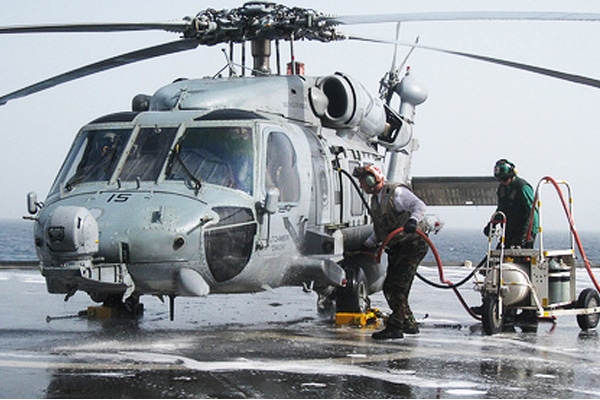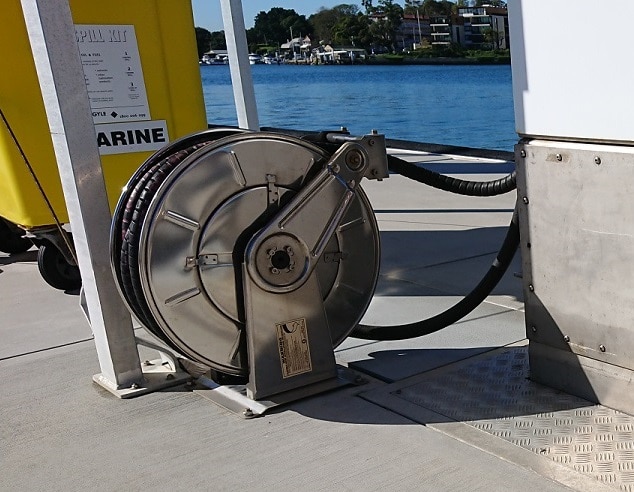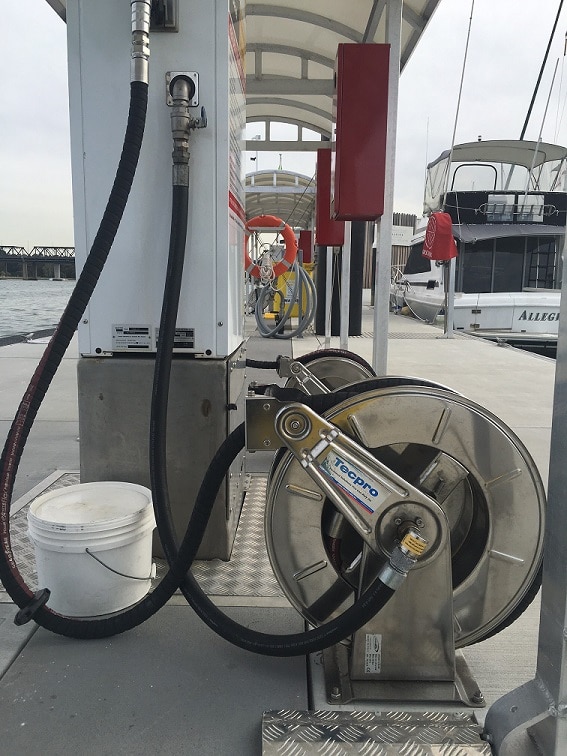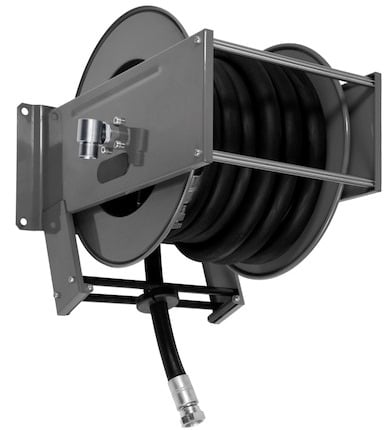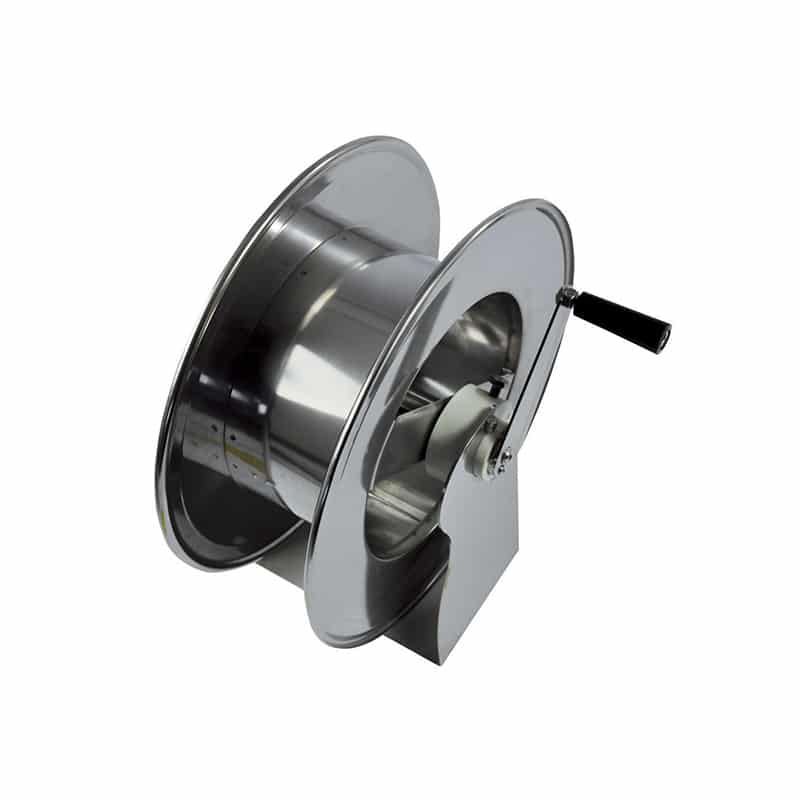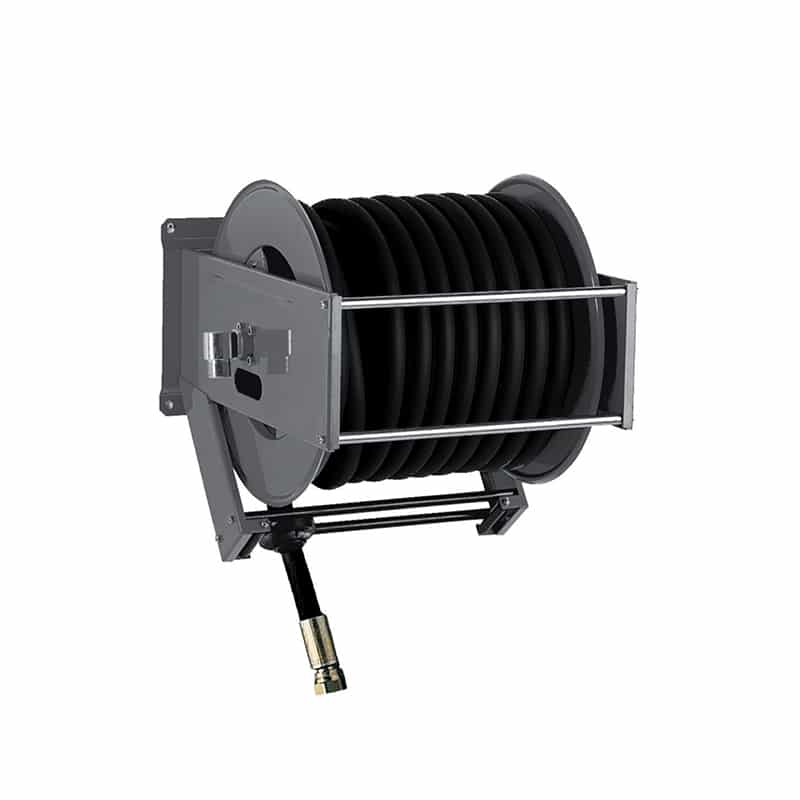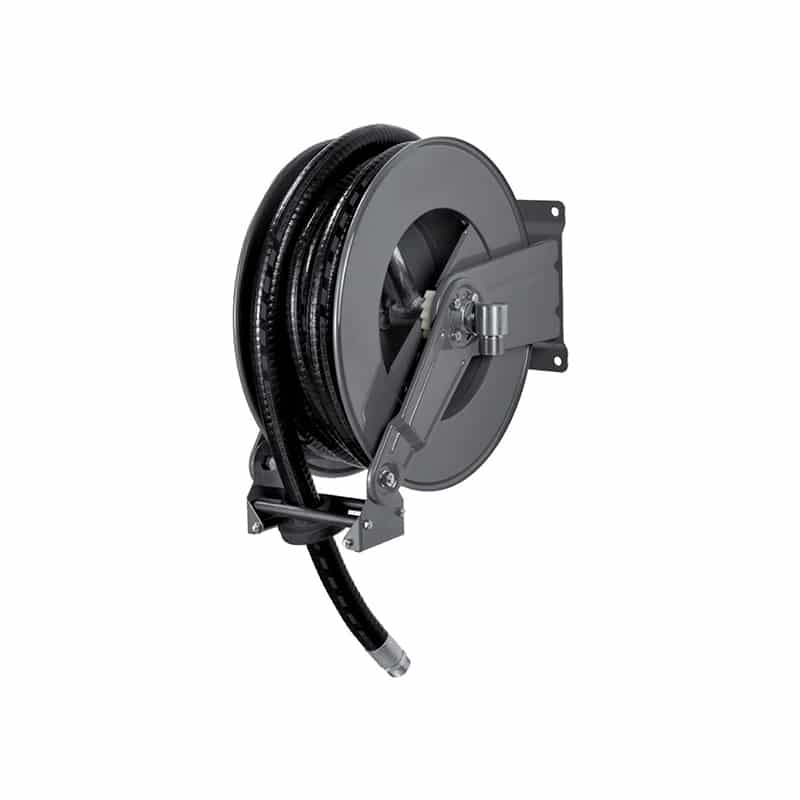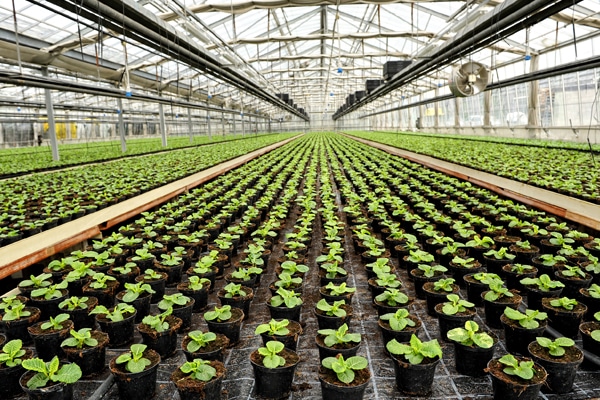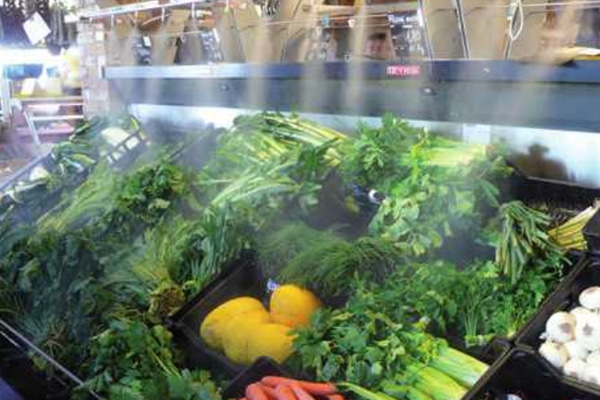Fuel Transfer
Fuel transfer involves the movement of liquid fuels, such as gasoline, diesel, jet fuel, or other petroleum-based products, from one location to another. This process is essential in various industries, including automotive, aviation, marine, construction, agriculture, and manufacturing. This process occurs at different stages of the fuel supply chain, from refining and storage to distribution and end-user consumption.
1. Fuel Transfer Methods:
- Pumping Systems:
- Electric or manual pumps are commonly used to transfer fuel from storage tanks to vehicles, equipment, or other storage containers.
- Pumps vary in size and capacity based on the application and volume of fuel to be transferred.
- Gravity Feed:
- In some situations, fuel can be transferred using gravity alone, relying on the height difference between the source and destination to facilitate the flow of fuel.
- Tanks:
- Mobile transfer tanks equipped with pumps are often used in industries like construction and agriculture to refuel equipment on job sites.
- Transfer via Hoses, reels and Nozzles:
- Hose reels connected to pumps or storage tanks are used to direct the flow of fuel, and nozzles control the dispensing process.
2. Components Involved in Fuel Transfer:
- Pumps:
- Electric, manual, or pneumatic pumps are used to move fuel from one place to another.
- Diaphragm pumps, rotary vane pumps, and centrifugal pumps are common types.
- Hoses and Nozzles:
- Flexible hoses and specialist fuel hose reels made from materials compatible with the fuel type are used for connecting pumps to dispensing points.
- Nozzles control the flow and provide a convenient means for dispensing fuel.
- Filters and Strainers:
- In-line filters and strainers help remove impurities and contaminants from the fuel during the transfer process.
- Flow Meters:
- Flow meters may be integrated into the system to measure the volume of fuel transferred accurately.
3. Fuel Transfer Safety:
- Static Electricity Precautions:
- Grounding systems are often employed to prevent the buildup of static electricity, which can lead to sparks and fire hazards.
- Overfill Protection:
- Overfill protection devices and alarms are used to prevent tanks from being overfilled, reducing the risk of spills and environmental contamination.
- Proper Ventilation:
- Adequate ventilation is crucial, especially in enclosed spaces, to prevent the accumulation of fuel vapours.
4. Environmental Considerations:
- Spill Prevention and Response:
- Measures are taken to prevent fuel spills during transfer operations, and spill response plans are in place to address any accidental releases.
- Storage Tank Integrity:
- Regular inspections and maintenance of storage tanks are essential to ensure their structural integrity and prevent leaks.
5. Regulatory Compliance:
- Adherence to Regulations:
- Compliance with local, national, and international regulations governing the storage and transfer of flammable liquids, including fuels.
- Safety Standards:
- Following industry-specific safety standards and best practices to minimize risks associated with fuel.
Fuel transfer is a critical aspect of industries that rely on liquid fuels, and ensuring the safe and efficient transfer of fuel is essential to prevent accidents, protect the environment, and maintain operational continuity.
Founded in 1982, Tecpro Australia has developed an enviable reputation for providing reliable and cost-effective technical solutions for a vast range of industrial applications.
* Spray Nozzles
* Hose Guns
* Hose Reels for fuel transfer
Our customers benefit from the following:
• Access to a broad range of quality solutions and technical advice
• Local sales support and customer service with a focus on integrity and honesty
• Over 30 years’ experience of providing expertise and solutions
• Quality European manufactured products.

